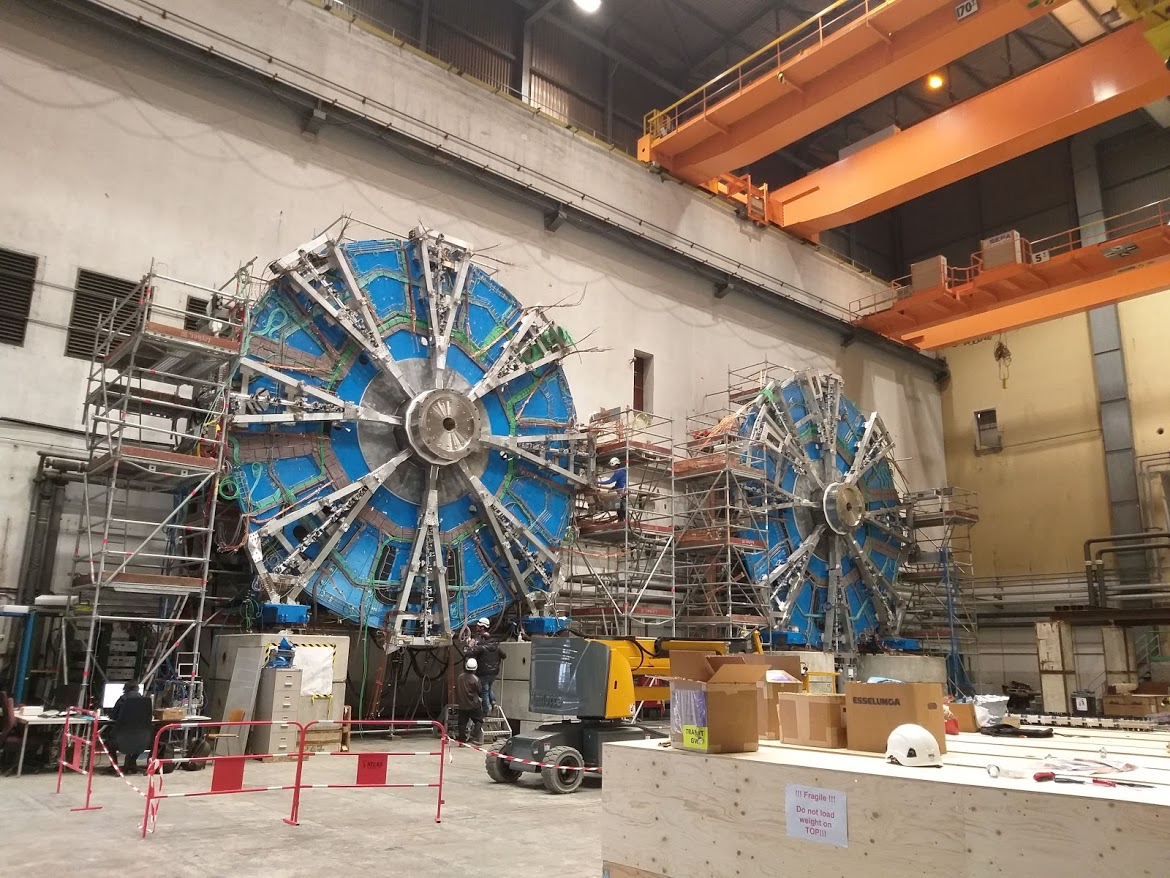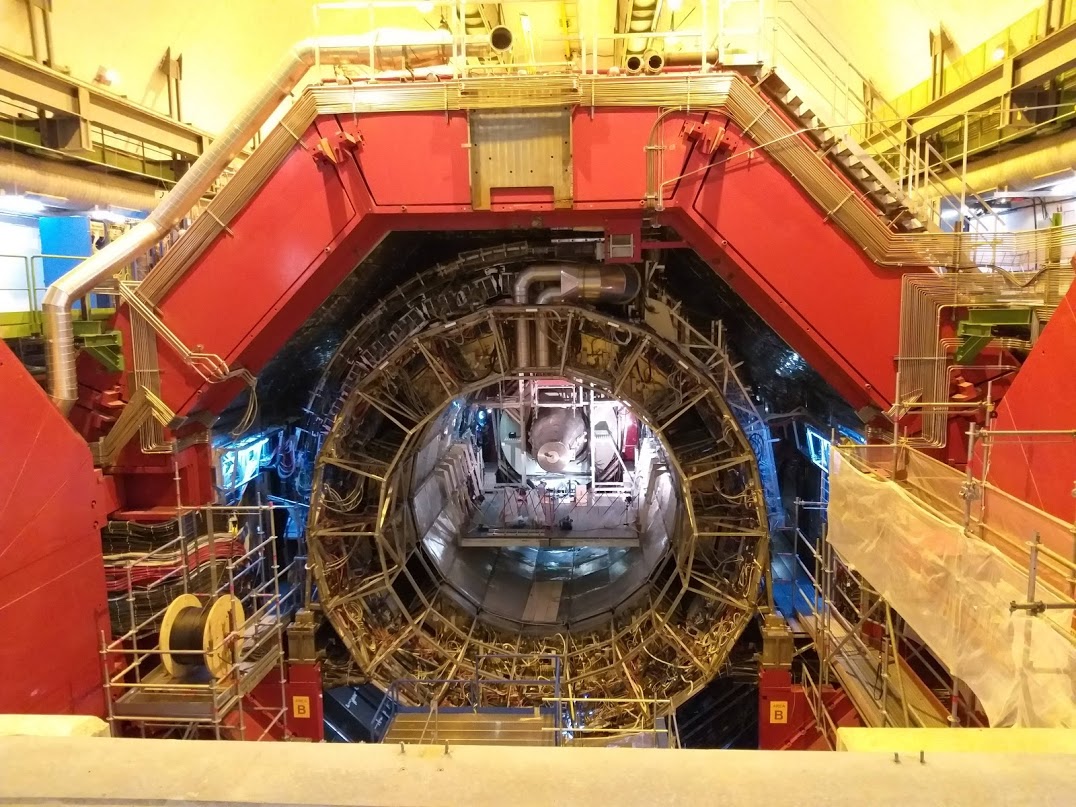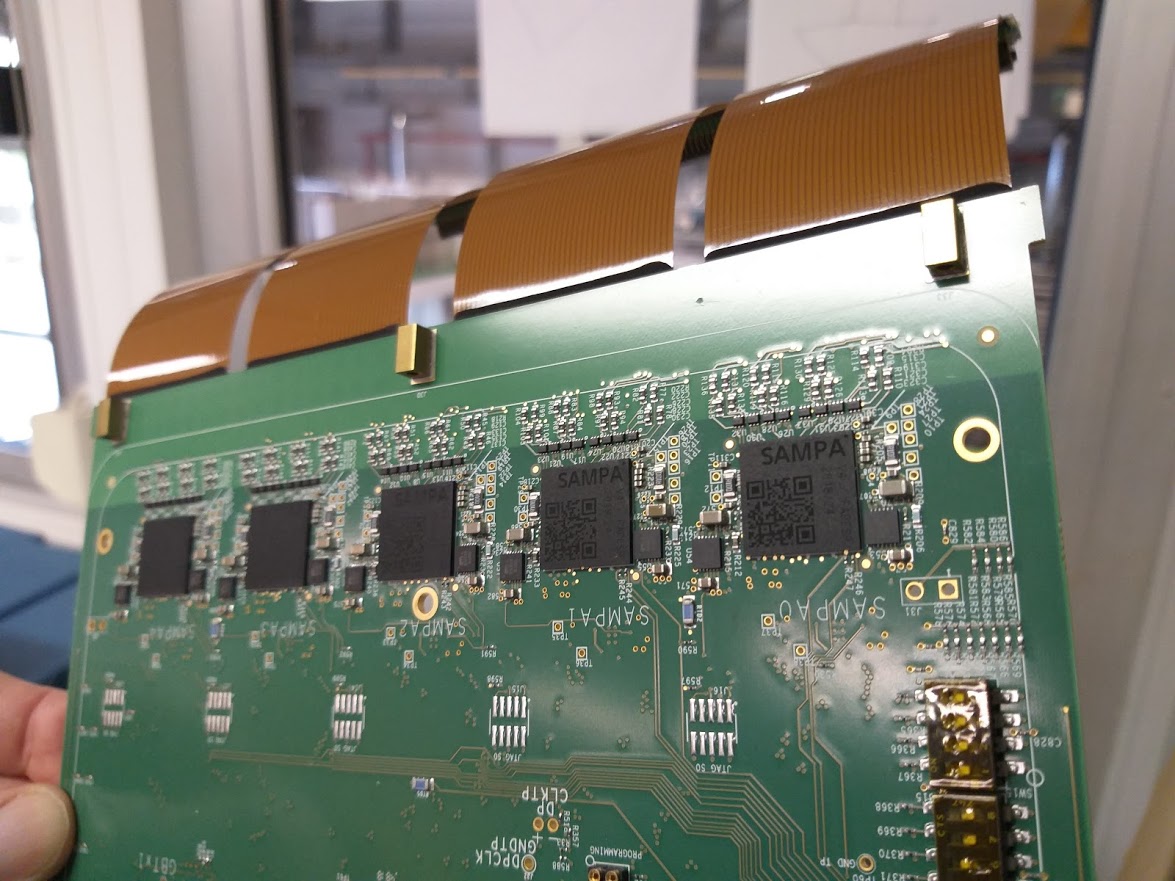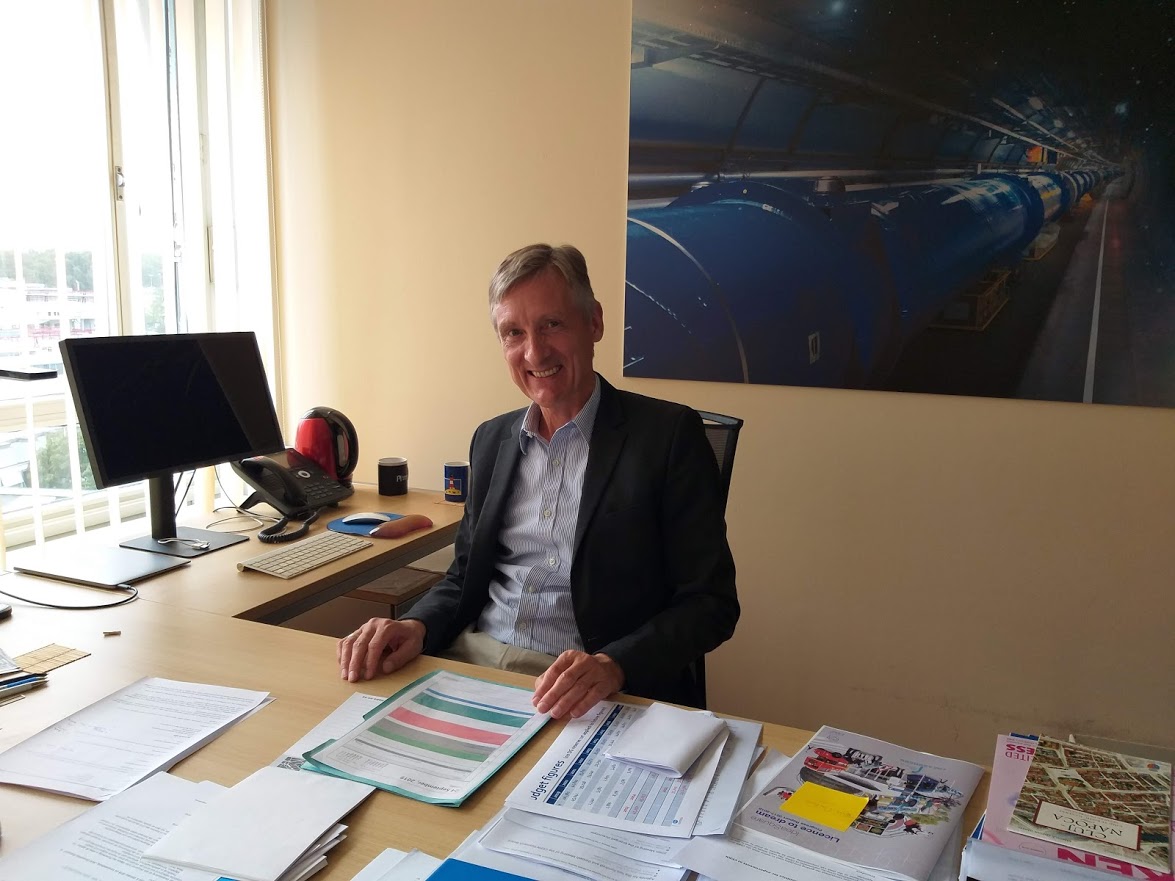What can Brazilian universities learn from the CERN?
There is nothing better than collaboration to characterize the CERN. The European Organization for Nuclear Research arose in the period postwar as a center of research in Physics in a worldwide level. Today, it attracts scientists from around the world seeking for knowledge. What is the origin of our universe? And the nature of matter? If we are closer to finding answers to these questions, much of it is due to the contribution of CERN.
CERN hosts the Large Hadron Collider (LHC), which is the largest and most powerful particle accelerator in the world, with around 27 kilometer of extension. Four great experiments in physics of high energies happen in its facilities: Alice, Atlas, CMS and LHCb. They have the participation of hundreds and thousands of scientists spread around 100 countries. Brazil features as one of the countries that contributes to the four experiments.
Besides scientific collaboration, we are also part of the CERN computing grid system – the largest in the world – that distributes data created by LHC. In Brazil, there are three points of distribution for this grid, which are called Tiers: in Universidade do Estado do Rio de Janeiro (Uerj), in the Brazilian Center of Physical Researches (CBPF), and in Universidade Estadual Paulista (Unesp). The idea is that scientists can access to these data, regardless of their geographic location, to create scientific results. Since 2015, Brasil also participates in the LHCONE, which is an exclusive network that facilitates this data traffic.
This distributed global infrastructure of computing allowed physicians to announce the existence of Higgs boson in July of 2012 – one of the greatest discoveries of physics currently. One of the researches involved was Brazilian Thiago Tomei, from Unesp. For him, being at CERN is an opportunity to make cutting-edge science in a large facility.
“CERN has an inclusion politics, in which all nationality are welcome,” reveals the researcher.
Sampa chip
Everything changed when Brazil was leader in technology development of a key component for Alice project, the Sampa chip. The demand came from CERN, because all the experiment electronics needed to be rebuilt for a higher rate of collisions. A solution was needed in order to store more data in lower time in a continuous manner, because the new generation of the LHC accelerator of high luminosity may produce a volume of data up to 50 times higher.
With the support of Fapesp, the project started at Universidade de São Paulo (USP) involving the Institute of Physics and Escola Politécnica.
“Since 2012, we were searching for a more effective way of contributing to the experiment, not only in data analysis,” the researcher Marcelo Munhoz tells, project leader.
The Sampa chip is an integrated circuit with sensors that are more tolerant to radiation. Its micro-processing technology may be applied in other areas, such as Medicine and Museology. According to Alexander Kluge, electronic coordinator of Alice project, before Sampa, 100 times more data were thrown away in the collisions. With it, 14 billion pictures may be taken per second, which increases the chances of registering rare events.
CERN has decided to adopt the Brazilian solution and after approval by the International Committee, 50 thousand chips and 20 thousand boards were manufactured to replace all the electronic of Alice project. The first tests will be carried out in the middle of 2020 to retake the experiment foreseen to 2021. “We have learned a lot, because it was one of the most complex chips made in Brazil,” Wilhelmus Van Noije, researcher of Escola Politécnica, declared. Sampa is already being adopted in smaller accelerators in the United States and there are talks for its use in the Sirius project from CNPEM.
Collaboration of Brazil with CERN: opportunities and challenges
The Brazilian work in Sampa project opened doors so that the country would be seen for its great potential in the development of technology. It even led to the talk of Brazil participation as a member country associated of CERN, i.e. as a contributor for the organization support. CERN has 23 member countries today, and most of them are Europeans.
In a scientific collaboration, CERN has a cooperation agreement with Brazil that was signed in 1992. Since then, the Brazilian universities have directly negotiated the participation of their scientists in international projects. This allowed the Sprace laboratory of Unesp to have the computing power to integrate project CMS to Fapesp in order to fund the Sampa chip. Other agreements were executed with Latin America countries and more than 500 Latin Americans, in total, have already been to the CERN throughout these years.
One of the obstacles is the high cost of life in Switzerland. “Even though there are many talents in Latin American universities, they are struggling to come to CERN and spend time with their foreign peers,” assesses the person in charge for relations with Latin America of CERN, Salvatore Mele.
Today, CERN offers programs to facilitate interchange of visitors, such as the Summer Students, of eight weeks, which receives hundreds of CVs from young students of non-associated countries. There is also the Program for Teachers of High School that started in Portugal to facilitate the departure of Brazilian teachers to CERN, which is many times funded by private schools.
Other initiatives of Brazilian universities, such as USP and Unesp, are master classes in STEM subjects – sciences, technology, engineering and mathematics. An example is IPPOG, an international network to scientifically disclose physics of particles that helps informal teaching of sciences in high school.
Connectivity is important so that scientists from around the world may produce results with data created by LHC, but the fact that they have access to this information does not replace the interaction that they would have by spending some time at CERN, because knowledge exchange is what makes these young researchers become successful teachers in the origin countries. According to Eckhard Elsen, director of Research and Development of CERN, this is a new way of thinking.
“When you are exposed to this international environment, your though is accelerated. When you go home, you do not go totally to home,” affirms Eckhard.
What can we learn from CERN?
For the director of Institutional Affairs, Charlotte Warakaulle, one of the key points is the investment on young researchers, to ensure funding stability. This was also an issue raised by researcher Marcelo Munhoz, from Unesp. “One of the factors that contributed to the Sampa project success was the support of Fapesp for hiring labor,” he said.
According to the director of CERN, the institution differential is its collaborative model.
“The single thing at CERN is that we learn with each other. We see that we can learn much more with Brazil. If there is something that characterizes the CERN is the ability of working together for everyone’s benefit. It is not a one-hand road. We have a lot to gain in having Brazil on board.”
Innovation has always been present at CERN: a few people know, but it was there that Tim Berners-Lee created the World Wide Web. Currently, member countries are interested in technology transference and in working close to startups, incubators and accelerators. “Brazil could invest more resources and energy to make universities cooperate more among each other,” speaks Salvatore Mele.
CERN was also one of the first organizations to obtain a TED license, a model of lecturers that became popular on the internet. Today it promotes talks not only about physics. “CERN is much more than physics. We are interested in the paths that science is taking,” affirms the organizer of TEDxCERN, Claudia Marcelloni. Creativity, biotechnology, and artificial intelligence are some of the discussed themes.
Access here all the CERN lectures.



